Leading construction companies are turning to technology to develop new corporate cultures surrounding health and safety. The long-term benefits are being recognized both by industry and government.
“We need to prioritize a culture of safety over a finish-at-any-cost mentality. This will benefit workers and ultimately prove good for business,” said Monte McNaughton, Ontario Minister of Labour, Training and Skills Development, told construction leaders at a recent CEO Breakfast. He added that safety is important for attracting new skilled workers. “Young people have different attitudes towards life and work than the generations before them.”
Technology advances have made the design and execution of construction projects more efficient. This has become increasingly important to the corporate bottom line in a highly competitive business environment and razor thin margins.
However, some worry that worker health and safety been left behind during this technological advance to improve profitability. The question being asked is, “Can technology also help to deliver higher profits through improved work site safety?”
The Walsh Group, a Chicago-based construction company with operations in Canada, believes the answer is ‘Yes’.
Walsh made a corporate decision to initiate a strategy to transform their company safety processes in order to modify employee behaviour on the worksite. They then integrated those behaviours into their corporate culture. The company believes this integration improves profits and delivers higher quality projects.
In terms of implementation, experts agree that health and safety needs to be addressed both from the top down and the bottom up in order to be meaningful and effective. But what does this look like in practise?
To begin with, managers and leaders must walk-the-walk and talk-the-talk. As a Walsh executive said in a recent webinar, “You are dead in the water if you do not have true top-level commitment.”
Many companies already have safety professionals, he added. However, if their attitude is to act as cops, out to punish workers when failures occur, human behaviour will drive workers to conceal rather than report. “It’s important that people don’t hide the near-misses.”
The Walsh Group has moved their health and safety manuals from the printed page to the cloud, making them accessible using hand-held devices. They also conduct quarterly quizzes to encourage workers and management to read the manuals.
The other key element for developing a new safety culture is data collection. Joe Garza, regional safety manager of DPR Construction of Redwood City, Calif., explains that this requires another shift in corporate behaviour, and opens the door for technology to play a vital role.
Garza says specific software platforms can now do what the printed word cannot. “Paper is dead. There’s nothing you can do to measure it. You have to go back and look at it.”
He explains that as a result, the industry has been restricted to point-to-point solutions based on lag indicators. Garza stresses the importance of developing leading indicators, clear expectations and a single source of truth.
Developing leading indicators starts with collected data. For example, The Walsh Group moved away from paper reports to a checklist platform using hand-held devices. Depending on a worker’s job site responsibility, a certain number of checklist fulfillments are required every day. And because the data is accessible in the cloud, trends can be identified.
Those leading indicators and trends can then come forward for future application, allowing health and safety factors to be designed into the next project. “Today’s impact on safety happened six months ago when drawings and designs were released,” says Garza.
Project safety is also becoming a corporate branding issue, says Brad Tabone, Co-founder/Regional Director of Australian software developer HammerTech Inc. Advances in social media means no safety incident goes unpublicised today. He adds that a good safety record creates a competitive edge. “A progressive company will want to be known as being both good and great. And that includes safety.”


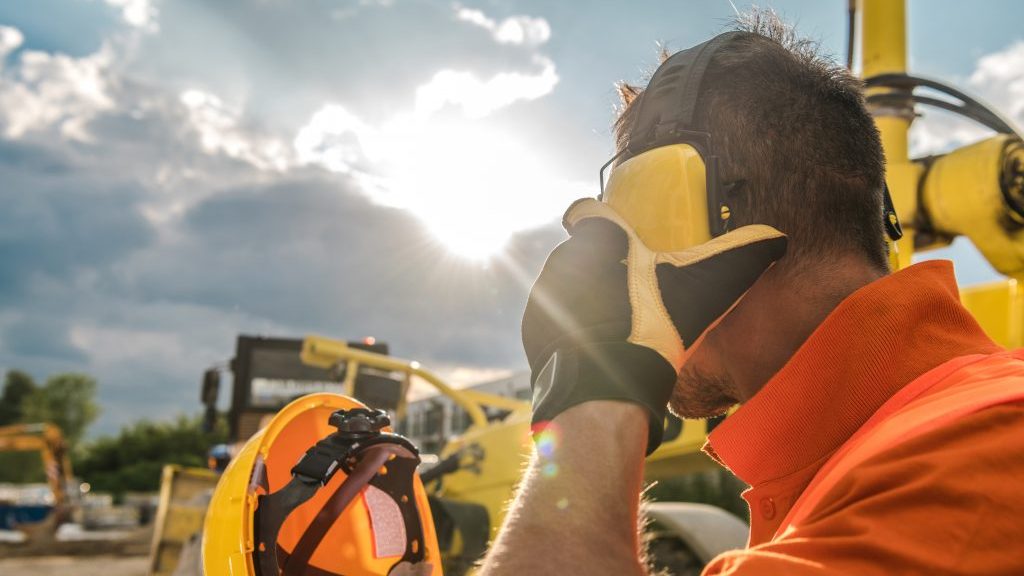
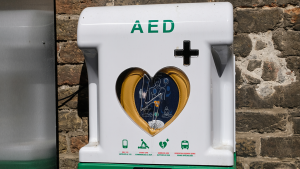
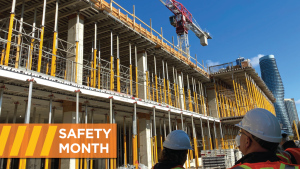

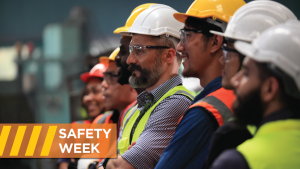

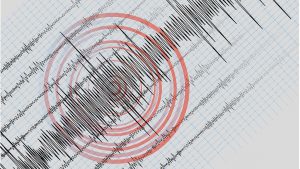
Recent Comments